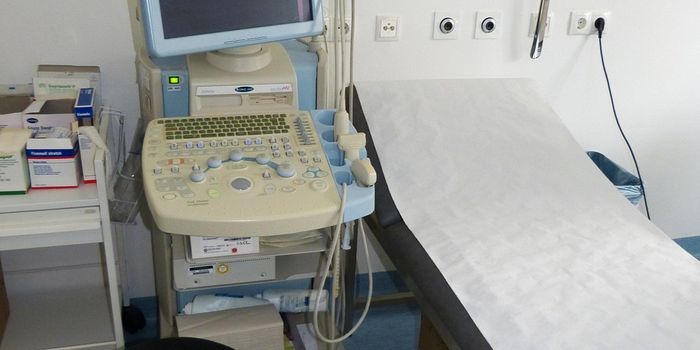Evolution brings improvements, but it's also a hotbed for lots of diseases that defy treatment.
We see this in pathogens like bacteria and parasites, which fend off our defenses and antimicrobial drugs. Cancer evolves, with rogue cells changing, spreading outside their limits, roaming far and wide in the body, where chemotherapy may not reach.

Researchers have devised a new technology called high-resolution lineage tracking, which allows them to keep close track of how populations of cells evolve.
"The technology has the potential to help us understand many processes important to infection and disease," says Sasha Levy, PhD, assistant professor of physical and quantitative biology, Lewis and Beatrice Laufer Center, Stony Brook University, New York.
"One avenue we are pursuing is to place it into pathogenic microbes to study how they develop resistance to antibiotics," he says. "We are looking into placing it into cancer cells to try to understand the fundamental rules by which cancer cells adapt and metastasize. We hope that gaining better understanding of the evolutionary dynamics of these disease processes will allow us to optimize treatment to slow their rates of progression."
Levy and his team created the genetic apparatus to place millions of unique, chance DNA sequences at a particular genomic spot in Saccharomyces cerevisiae (yeast). They then observed adaptive evolution take place.
He explains the process by comparing it to a review of history by using a tally of surnames, collected each year over a period of thousands of years. "Even with this limited information, you would be able to say a lot about history-you could tell which families were successful and when, which families were wiped out because of competition or war, and how families migrated," he says. "We did a similar thing in competing cell populations. But instead of tracking last names, we track DNA barcodes-tiny identifiers we place in the genome that allow us to uniquely identify a cell and its descendants."
"By taking a census of these barcodes over time, we can discover when a cell lineage becomes more fit and expands within the population," says Levy, who's also a professor in the Department of Biochemistry & Cell Biology, and the study's lead author. "By doing this on a massive scale-we tracked 500,000 cell lineages simultaneously-we can understand some fundamental properties about how cell populations compete with one another and evolve."
The project, which brings together biology and theoretical and applied physics, has logged key discoveries. "We have developed a general system to track cell lineages at high resolution," Levy says. "And we have developed the theory to make sense of this type of data, in order to study evolution in a more quantitative way."
The finding is significant as the evolution of sizable cell populations is the basis of about 30% of deaths worldwide-some as a result of bacteria, parasites, fungi, and cancer.
"I have always been excited to learn about how evolution works, but disappointed by our lack of tools to study it quantitatively," Levy says. "This caused a big chasm between what theorists were capable of predicting and what biologists could actually measure. I saw this project as an opportunity to narrow that chasm, just a little bit."
The study, titled "Quantitative evolutionary dynamics using high-resolution lineage tracking," is published in the journal Nature.









